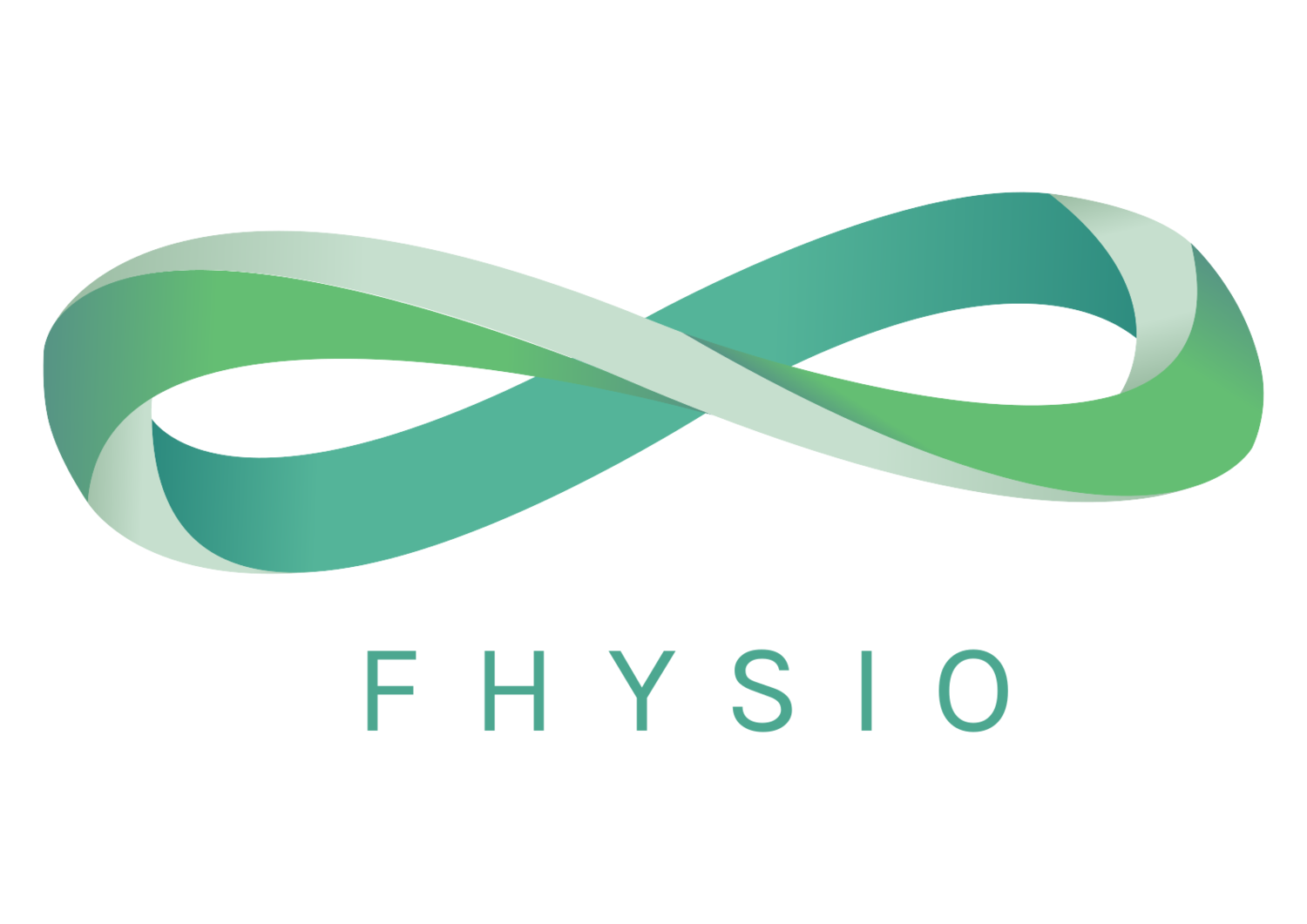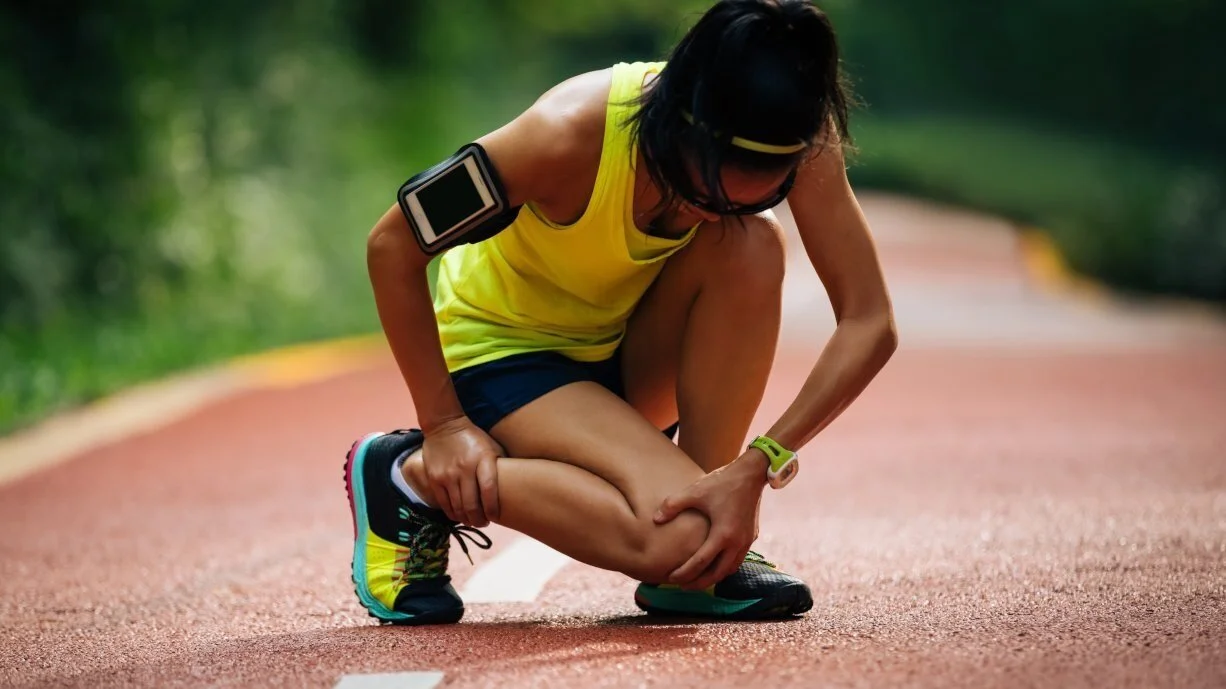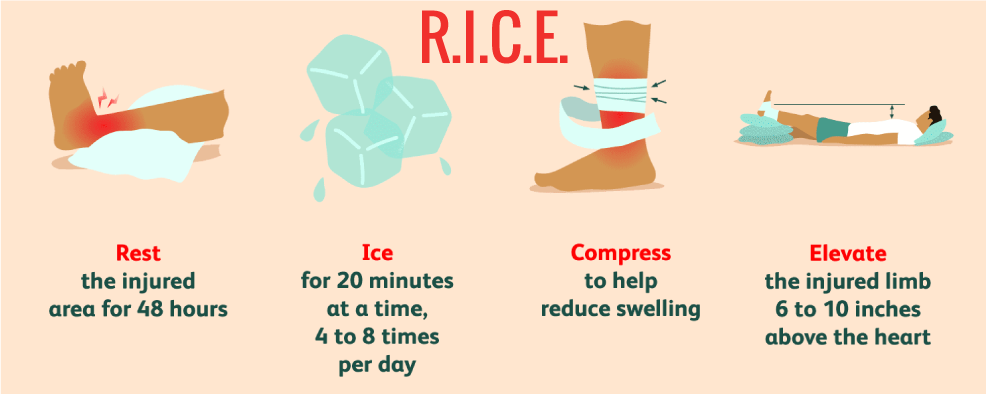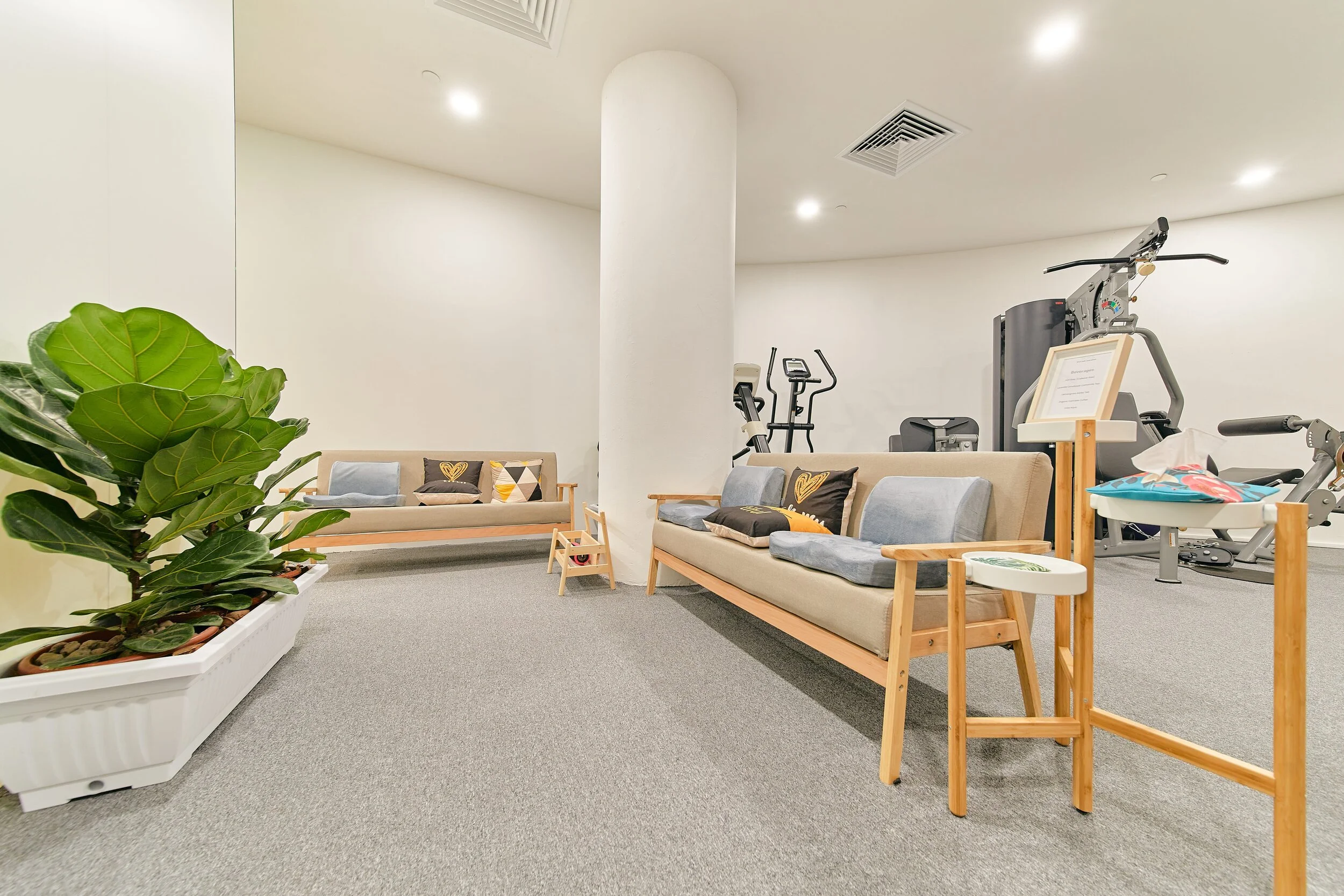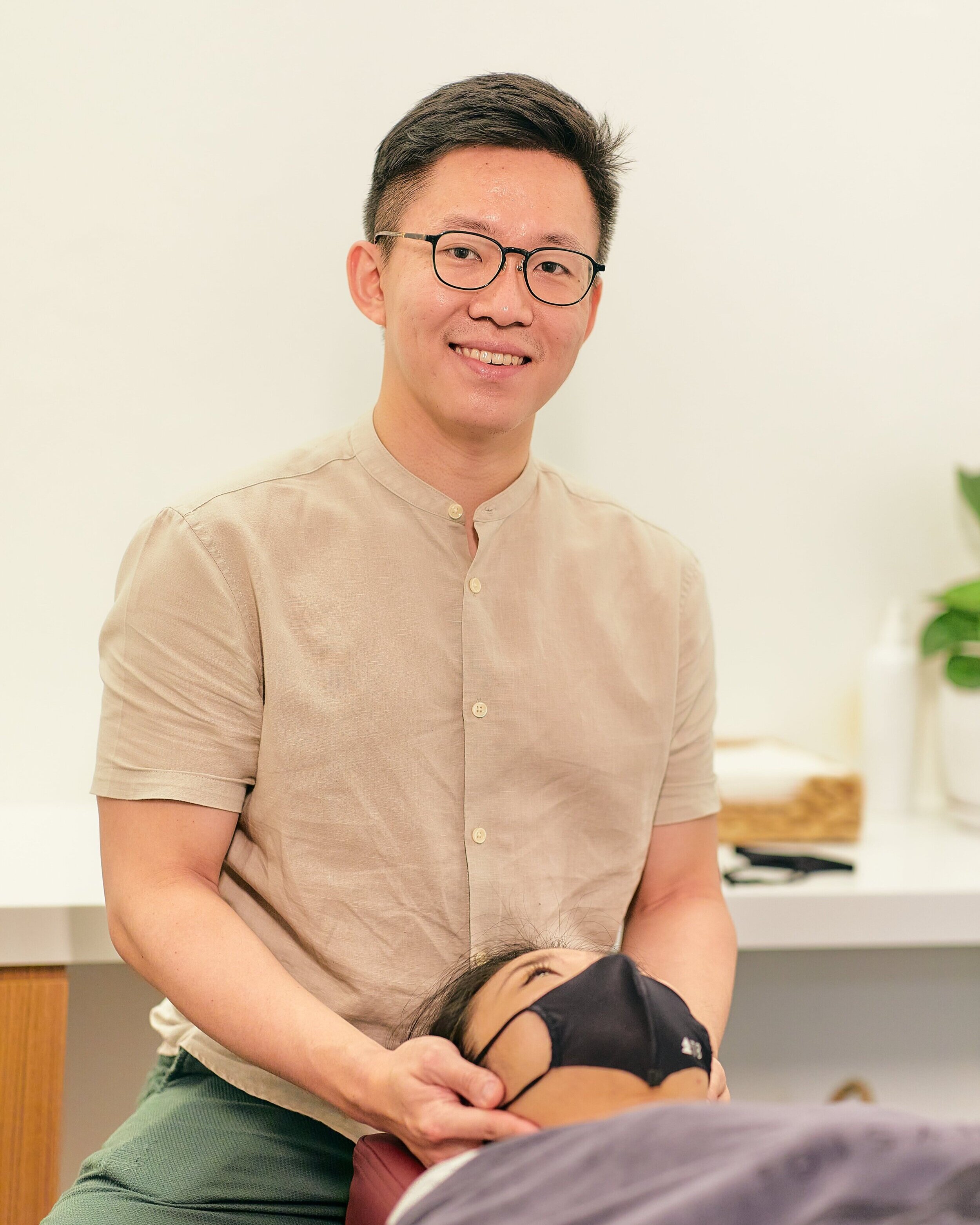Sports Injury Clinic in Singapore
As a leading sports clinic for injuries in Singapore, we want to make sure you have the right information to manage any sports injury so you can get back to doing what you love.
In Singapore, we often participate in a wide variety of sports for recreation and competition. While it is great for your health, sometimes you could pick up a sports injury.
Below are some tips to help manage your sports injury!
Common Reasons to go to a Sports Injury Clinic
Sports injuries are usually caused by accidents, high collision impact, improper gear, poor conditioning, lack of warm up or poor training techniques. From our experience, it’s usually because of a combination of these reasons. They are much more common than you think.
Some of the common sports injuries include:
Sprains and strains (groin etc.)
Ankle or foot injuries
Elbow tendons or joints (Tennis or Golf Elbows)
Torn and pulled muscles
Hip and knee injuries
Rotator cuff injuries and dislocations
Fractures
Shin splints
What Should You Do If You Are Injured?
The first thing is to stop whatever sport or activity which gave you the injury. Do not rush back into it until you know you have fully recovered and given your body the time to recover.
Most likely, you will encounter some immediate pain and swelling within the first few hours of your sports injury occurring. One simple treatment which you can do in most places is the RICE method.
So, what is the RICE method? RICE stands for:
Rest
Resting essentially marks the start of healing. After you hurt yourself, the area will be weak and tender, so any additional movement poses a further risk of your sports injury. By resting and avoiding additional movement, you help start the healing process.
Ice
Ice not only does wonders in relieving immediate pain, but also helps to reduce swelling and inflammation. Try to avoid putting ice directly on your skin. Wrap it in some thin cloth then place it on the injured area. Ice for about 20 mins at a time, and repeat as needed.
Compress
Compression works by wrapping the injured area snugly with some sort of bandage. This helps minimize the build up of fluids which will reduce the amount of swelling. By compressing, it also reduces movement and allows you more rest time. Make sure you do not wrap the compression bandage too tightly though! We still want to allow blood flow. Loosen up the bandage if you start to feel any numbness.
Elevate
By lifting and keeping the injured area high up, you can help reduce the swelling as it allows the fluid to drain away from the area!
How can a Sports Injury Clinic like FHYSIO help?
FHYSIO comprises a team of physiotherapists and wellness experts specialized to help you feel great and get back to living the life you loved. Whether you just injured yourself or have recurring pain from old injuries, we have the right care and treatment for you.
Through a thorough diagnosis and consultation with our Physiotherapist, we will be able to customize a treatment plan with techniques including manual therapy, clinical massage, soft tissue mobilization, dry needling, range of motion and exercise therapy. You will also have access to our in-house advanced therapy equipment to help with your recovery!
When to visit a Sports Injury Clinic?
There are many different levels of severities to a sports injury. The question you might have is when do I know I need to see a Physiotherapist? Here are some signs:
Limited mobility in your joints
Inflammations or infections (fever etc.)
Pain and difficulty in moving the injured body area
Physical deformity
Inability to handle any weight or pressure
If you are still not sure, give us a call or schedule an appointment to put your mind at ease!
Should I go for Surgery or Physiotherapy?
It is possible that your sports injury can be treatable without surgery. For example, many knee injuries like PCL, MCL or cartilage tears can be treated through physiotherapy. There have been studies that shown that Physiotherapy is equally effective for treating mild knee osteoarthritis too.
Depending on your sporting ambitions and intensity, sometimes surgery can be a better option. As a general rule, if you are experiencing pain but still have good levels of mobility, you can consider seeking Physiotherapy as an alternative treatment.
Meet your Physiotherapist
Shaun Toh is a registered physiotherapist in Singapore specializing in acute care, sports and musculoskeletal injury management.
In 2009, Shaun first started out by providing sports massages for school athletes and triathletes to hone his hands-on skills during his schooling days. After graduating, he joined National Heart Centre of Singapore as a Physiotherapist specializing in acute care of patients in cardiovascular medicine, cardiothoracic surgery, outpatient cardiac rehabilitation and musculoskeletal injuries.
Shaun later pursued his studies at Trinity College, Dublin and graduated with a Bachelor (Hons) in Physiotherapy. Whilst in Dublin, Shaun had the opportunity to be trained by their local physiotherapists on various techniques for musculoskeletal, spine and neurological conditions.
Giving credits to his steadfast reputation as a clinician physiotherapist, Shaun was later headhunted by Raffles Hospital. During his stint, Shaun worked with high level athletes from around the world, widening his scope of practice in sports injury management and treatment.
Shaun is frequently invited overseas by various organisations to give courses in the area of Sports Massage, as well as by luxury resorts to be the in-house Physiotherapist for their VIPs. Active in the sports scene, he was previously the Chief trainer for Safra Running Club (TP) and in-house Physiotherapist for Brazilian Jiu-Jitsu Singapore. Shaun also holds certification in other areas such as Dry Needling and DMA Clinical Pilates.
